A polarizer is one of the most often-used items in my bag.
Those new to photography often hear photographers mention polarizers but aren’t really sure what they are or what they are used for. Most importantly, what effect does a polarizer have on an image?
Instead of explaining how they work, I will refer you to Cambridge in Color – they do a far better job at explaining the details of a polarizer than I ever will.
This post focuses on the real world effects of a polarizer on glare, reflection, and saturation of an image. Most think that polarizers are most useful for skies, but in reality I use them most often to cut glare and increase saturation. Without further ado, lets take a look at some real world examples of images with and without polarization…
NOTE: all images were given a quick post processing treatment in Lightroom. The settings for the polarized versions were pasted onto the unpolarized images, so that they all have the same processing.
The following two comparisons are from Yellowstone National Park and demonstrate how the polarizer cuts the glare on the geothermal pools to reveal their color and boost saturation in the image.
Wow! How fantastic! As you might imagine, when I’m photographing water, I almost always use a polarizer.
This next set shows use of a polarizer on wet autumn leaves and a small river in Clifton Gorge, OH. Once again, we see a boost in saturation and we also see the reflection of the canopy in the lower right corner has pretty much disappeared.
This next image comparison is from the scenic Zion National Park in southern Utah. The images speak for themselves…
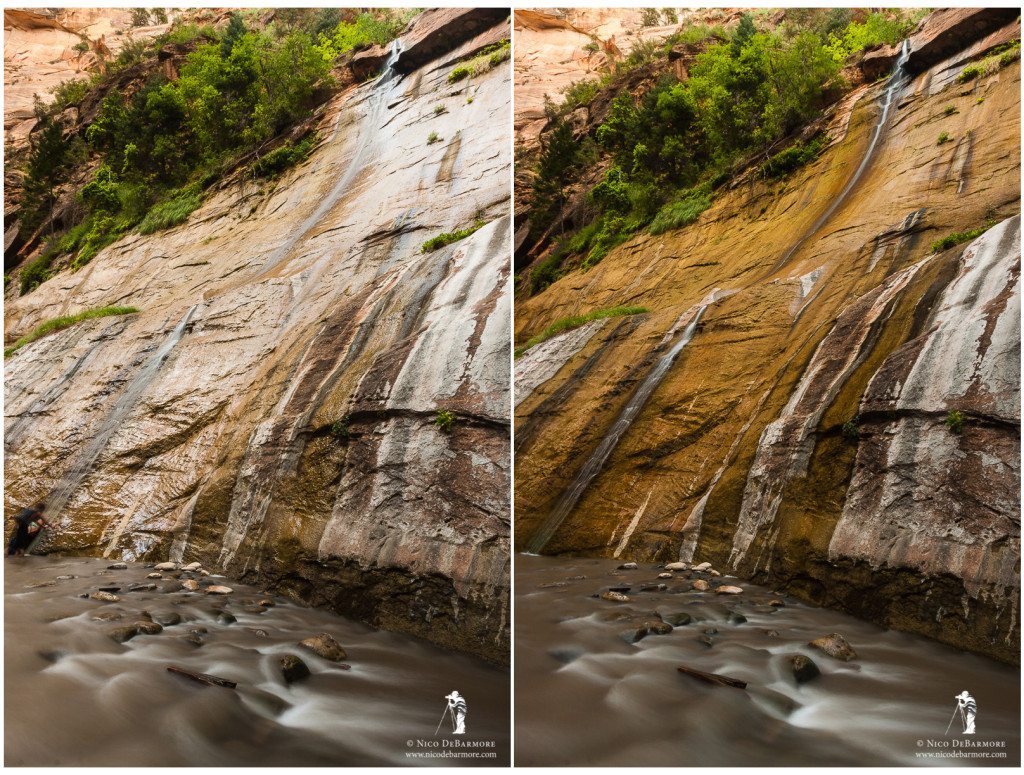
Finally, I wanted to present a situation where you might not normally think to use a polarizer. This is in an Arizona slot canyon – Lower Antelope. The effect of the polarizer is subtle, but worthwhile. Notice the decrease in highlights, which are replaced by more intense colors. This is interesting, as this is a completely dry canyon. No water doesn’t necessarily mean no reflections or no glare – evidently sandstone can have a certain amount of glare!
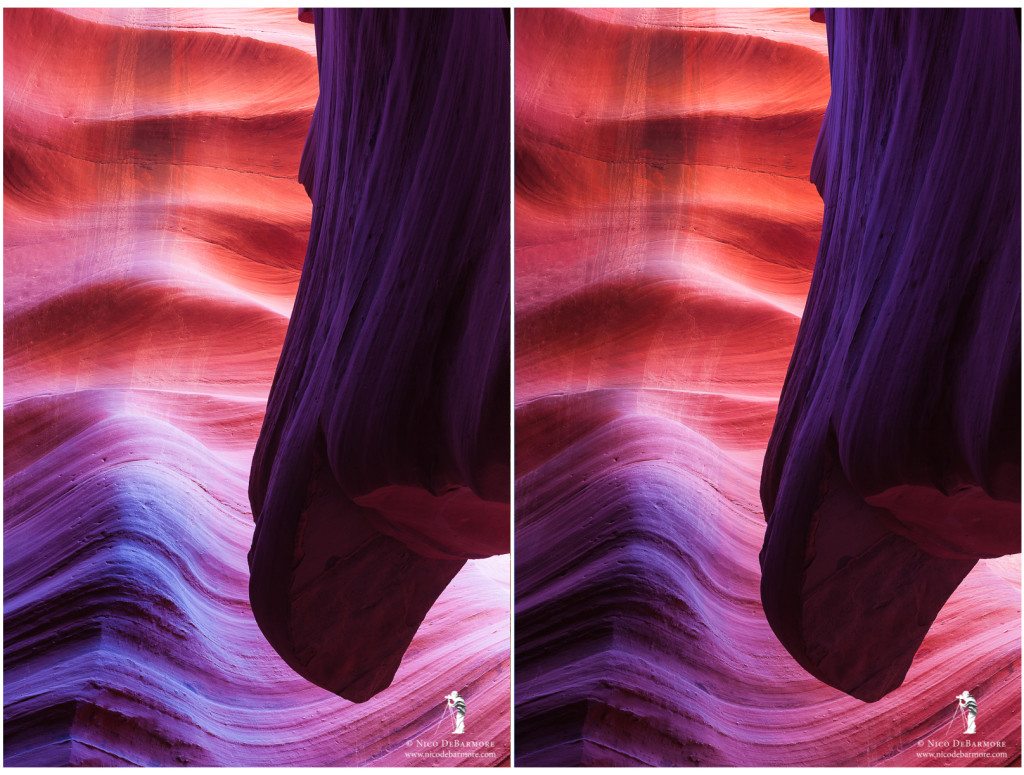

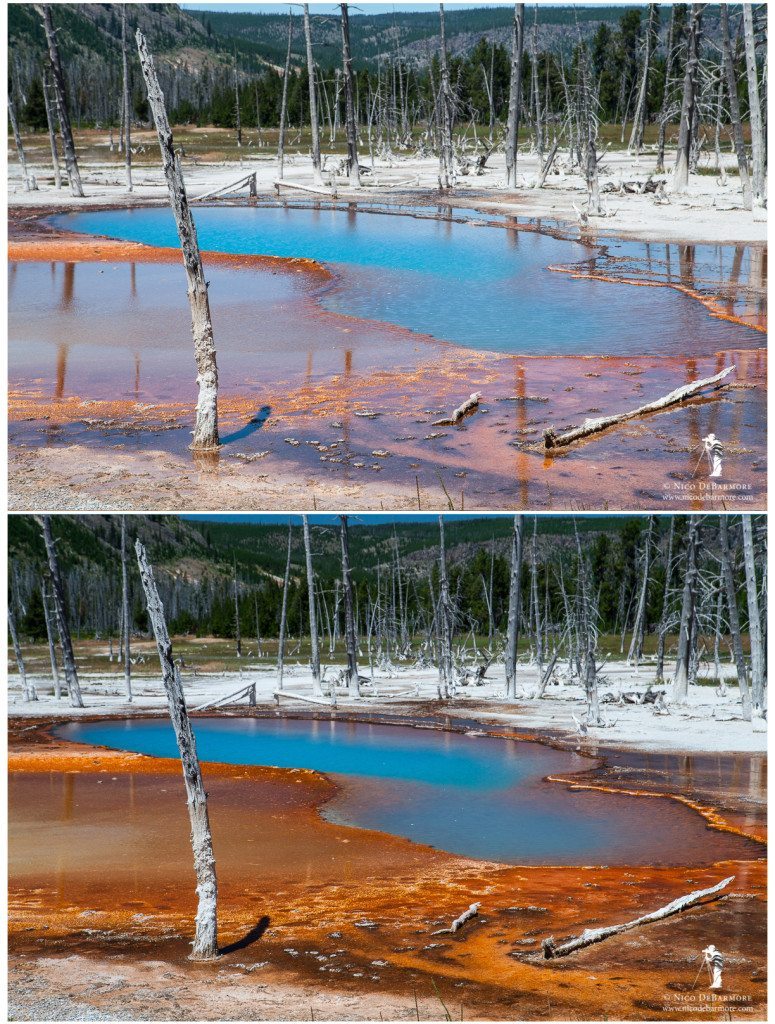
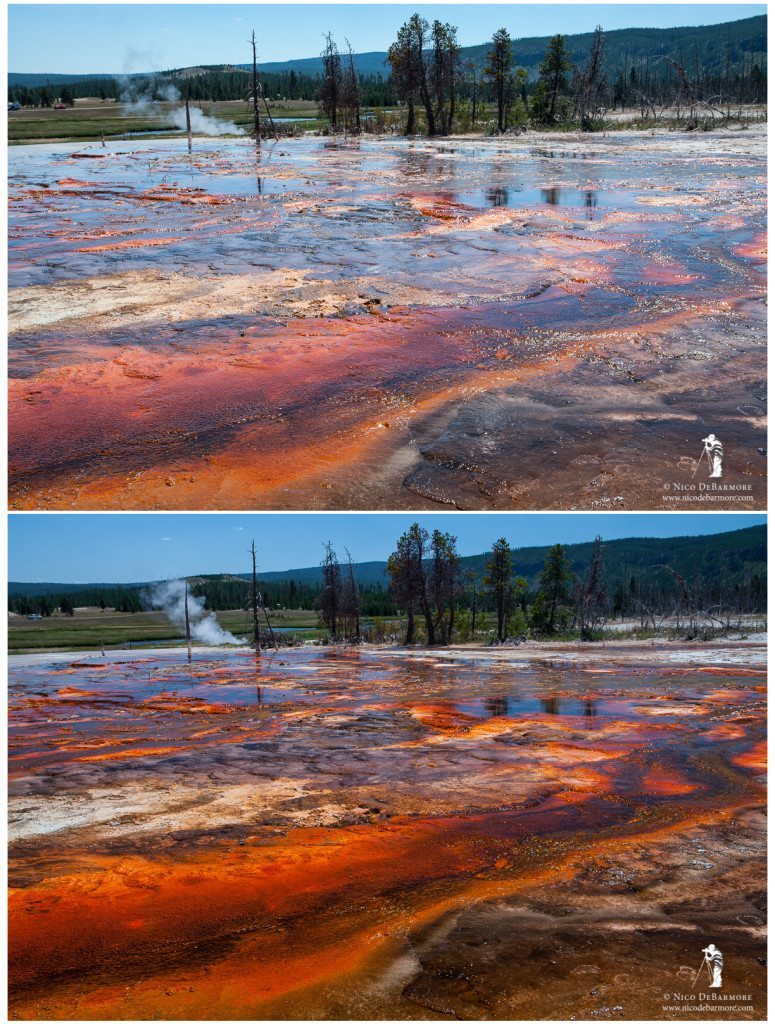
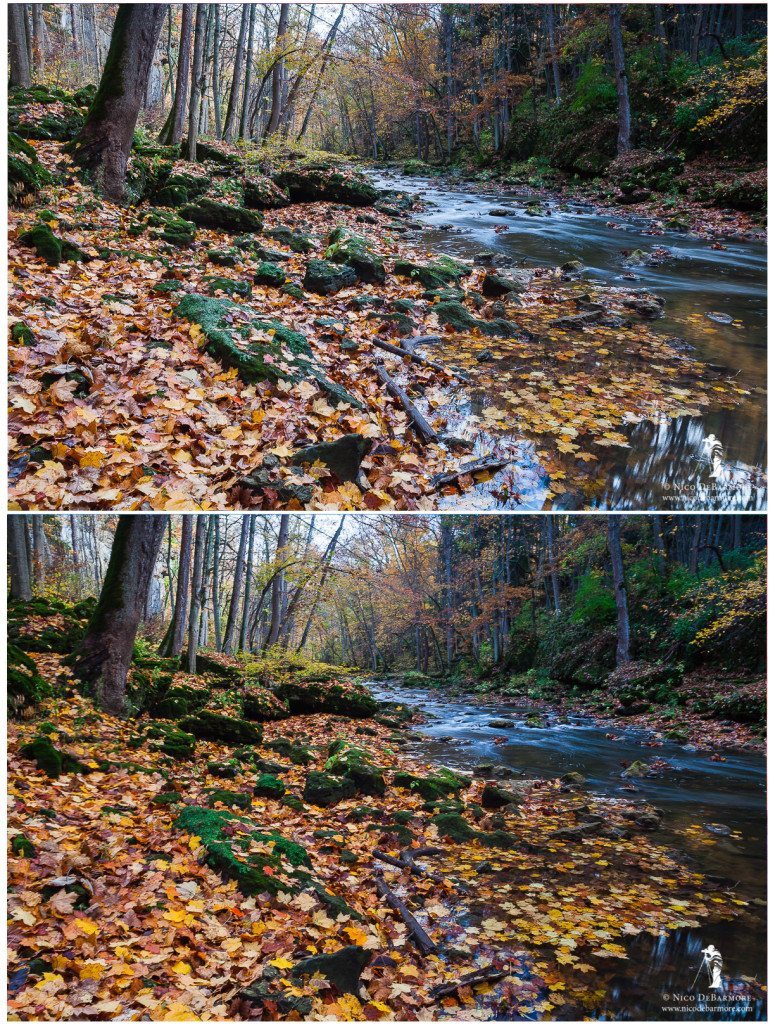
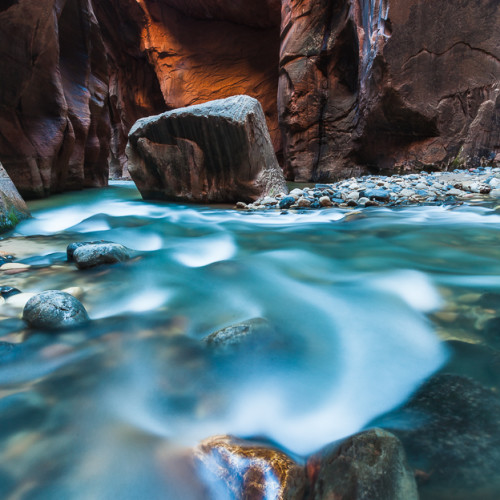
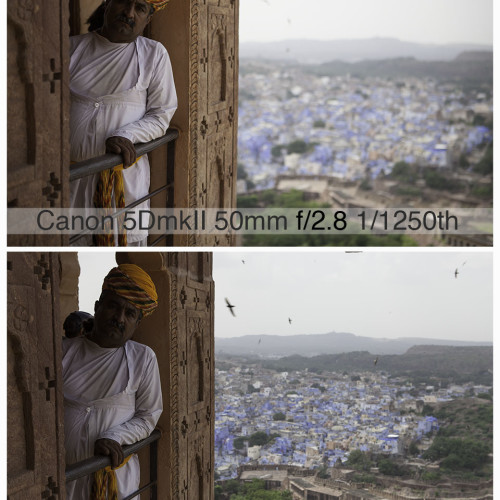
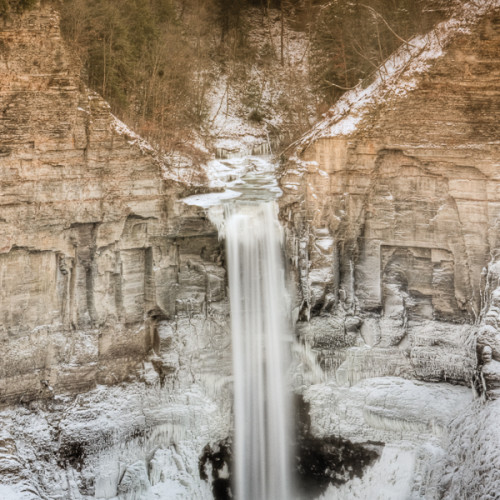
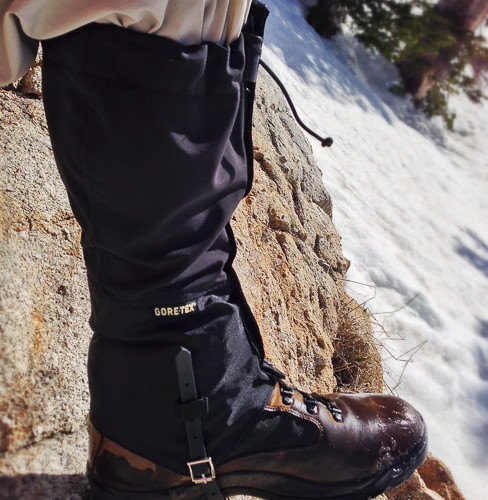
Leave a reply